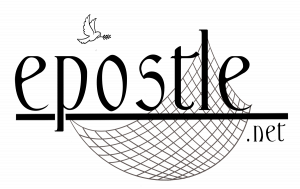Letting Go: Ascension
Armodoxy for Today: Ascension from the Other Side
FORTY days after Easter, today, is the celebration of Ascension. Jesus gives the Great Commission to the disciples, telling them to baptize and keep the commandments he had taught them. Before Ascending to Heaven Jesus reminds us, “I am with you to the close of the ages,” (Matt. 28:20). He is with us forever!
We are comforted by these words, because we have come to know him – we have broken bread with him, laughed with him, cried with him, he has cared for us, healed us, tended to our problems. He has supported us in our vulnerability and our loneliness. We certainly receive much assurance and comfort from a pronouncement that he will always be with us. This is a nice reading from the point of view of the Disciples.
But what about the point of view of Jesus Christ? Have you considered that it was difficult for Jesus to leave us, and what assurance did he have from us? He was about to leave the children he had cared for. Would they stick to the game plan? Would they take on life the way he thought they would? Would they be safe? Would they stay faithful to all they had learned?
Perhaps the closest parallel might be with parents whose children leave home to start their life? You have cared for them, cleaned their wounds, helped them through the difficulties of childhood and adolescence and offered unconditional love. You’ve been a friend in their loneliness and let them lean on you during their most challenging moments. But there comes a time when they have to break off. It is the order of life. Every beginning has an end. Unless a mother bird backs off and allows her young to fall out of the nest, their wings will never spread to fly. And yes, there is a chance that the young bird will fall onto the ground, but it will never test its capability of flight until it tries to catch the wind.
A parent who gives their child in marriage may worry; will my child make it? Or, a parent may believe that their upbringing, the foundation they laid, will give the child the ground from where the family tree will grow and blossom. I suspect, this is the feeling Jesus had when he left his children on that Ascension Day, knowing that they were going to meet all kinds of challenges in life, but confident that his prayers, his love and his connection to God gave his children the necessary tools to take on life.
“Lo, I am with you to the end of the ages.” Of course. We have no doubt. And neither did he.
Today, I share a prayer by Yeretsgin Susan on the occasion of our son’s wedding:
Lord, we thank You for Your heavenly benediction in joining our son, and now daughter, in the sacrament of marriage.
Bless and enrich their marriage in love, companionship, mutual support, oneness of heart and progress in faith and life.
Protect their holy wedlock from sin, evil and danger. Foster between them the spirit of understanding, the spirit of forgiveness, and the spirit of peace, that no resentment, quarrel or other problems may cause them to stumble and fall.
Remind them of the lessons they have learned from their loved ones, especially those who have returned to their Maker. Grant them to see their own faults and to not judge each other. Keep their bond of love always new. May they feel Your presence in their lives through the joy of marriage, that with one heart they may praise and glorify You forever.
Father, Son and Holy Spirit. Amen
Cover: Watercolor, The Ascension Jesus POV


